Introduction
Tapioca pearls, known for their chewy texture and versatility in various desserts such as bubble tea, pudding, and tapioca pudding, are a delight to many sweet tooths. However, cooking these tiny balls of starch can sometimes be a challenge, especially when they stick together, forming clumps that detract from their appeal. This guide aims to provide comprehensive steps and tips on how to cook tapioca pearls without them sticking together, ensuring a perfect, individual-pearl consistency every time.
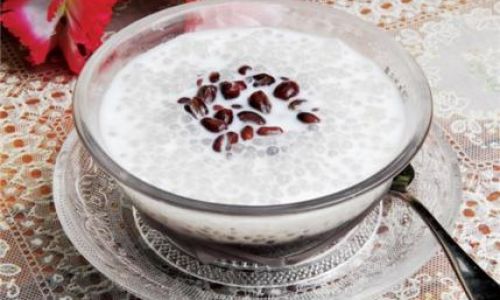
Understanding Tapioca Pearls
Before diving into the cooking process, it’s essential to understand what tapioca pearls are. Tapioca pearls are made from the starch extracted from the cassava root, which is processed into small, spherical shapes. They are high in carbohydrates and contain no gluten, making them suitable for gluten-free diets. When cooked properly, they turn translucent and offer a delightful, bouncy texture.
Preparation Before Cooking
-
Choosing the Right Tapioca Pearls
- There are various sizes of tapioca pearls available, ranging from tiny “boba” used in bubble tea to larger pearls suitable for desserts like tapioca pudding. Choose the size that best fits your recipe or preference.
- Ensure the tapioca pearls are fresh and have not expired. Old or stale pearls may not cook evenly and are more prone to sticking.
-
Sorting and Rinsing
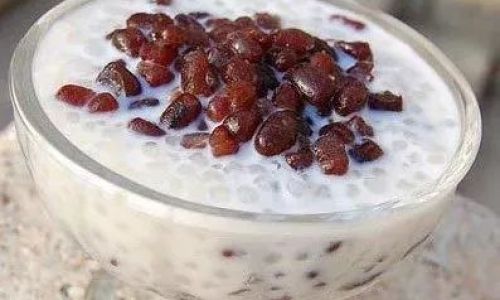
- Before cooking, sort through the tapioca pearls to remove any broken pieces or dust. Broken pieces can act as glue, causing other pearls to stick together.
- Rinse the pearls under cold running water to remove any surface starch that could contribute to sticking.
The Cooking Process
-
Boiling Water
- Use a large pot to cook the tapioca pearls, as they will expand slightly during cooking and require plenty of space to move around freely.
- Fill the pot with water, ideally using a ratio of 10 parts water to 1 part tapioca pearls. This ensures there is enough water to keep the pearls separated and prevent them from sticking to the bottom of the pot.
- Bring the water to a rolling boil before adding the tapioca pearls.
-
Adding Tapioca Pearls
Once the water is boiling, carefully add the rinsed tapioca pearls to the pot. Stir immediately and continuously for about 30 seconds to a minute. This initial stirring is crucial as it helps to separate the pearls and prevents them from sticking to each other or the pot.
-
Simmering
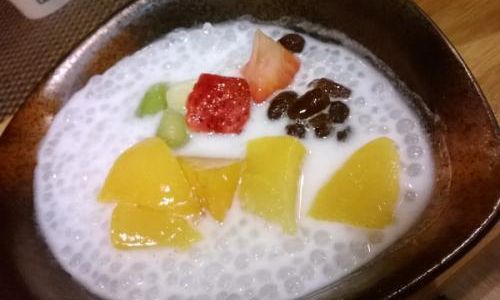
- After the initial stirring, reduce the heat to a gentle simmer. Continue to cook the tapioca pearls uncovered, stirring occasionally to prevent sticking. The frequency of stirring will depend on the size and quantity of the pearls; smaller batches may require more frequent stirring.
- For most tapioca pearls, the cooking time ranges from 15 to 30 minutes. The pearls are ready when they become translucent and have a soft yet slightly firm texture when pressed between your fingers.
-
Testing for Doneness
To test if the tapioca pearls are cooked, remove a few from the pot with a slotted spoon and let them cool slightly. They should be translucent with a slight firmness in the center, indicating they are cooked through but not overcooked.
Post-Cooking Steps
-
Draining and Rinsing
- Once cooked, immediately drain the tapioca pearls in a colander. Rinse them under cold running water to stop the cooking process and remove any excess starch that could cause them to stick together as they cool.
- Shake the colander gently to help separate the pearls further.
-
Tossing in Sugar or Syrup (Optional)
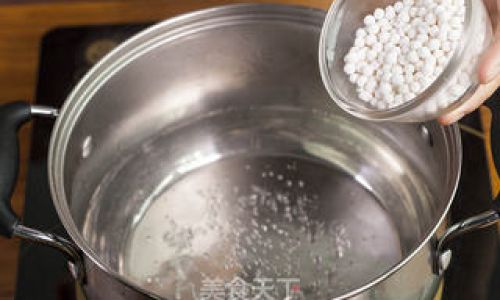
- To prevent sticking and add flavor, you can toss the drained tapioca pearls with a small amount of granulated sugar or a light syrup. The sugar or syrup acts as a coating that keeps the pearls separate and adds sweetness.
- If using for bubble tea or other beverages, you may skip this step and add sweetness directly to the drink.
Storage
- Cooling and Storing
- After rinsing and optionally tossing with sugar or syrup, spread the tapioca pearls in a single layer on a baking sheet lined with parchment paper. Allow them to cool completely at room temperature before storing.
- Once cooled, transfer the pearls to an airtight container. They can be stored in the refrigerator for up to 3 days. If storing for longer, consider freezing them in portions. To use frozen pearls, thaw them in the refrigerator overnight and rinse under cold water before using.
Troubleshooting Common Issues
- Clumping During Cooking: If the tapioca pearls start to stick together during cooking, increase the stirring frequency and ensure there is enough water in the pot.
- Overcooked Pearls: Overcooked pearls can become mushy and sticky. Test for doneness frequently and remove from heat once they reach the desired texture.
- Sticky After Cooling: If the pearls stick together after cooling, they may not have been rinsed thoroughly enough. Ensure to rinse them under cold water for a few minutes to remove all excess starch.
Conclusion
Cooking tapioca pearls without them sticking together may seem daunting at first, but with the right techniques and attention to detail, it becomes a straightforward process. By following the steps outlined in this guide, from choosing the right pearls and preparing them correctly to cooking and storing them properly, you can enjoy perfectly cooked, individual tapioca pearls in your favorite desserts. Whether you’re making bubble tea, tapioca pudding, or a simple dessert topping, these tips will ensure your tapioca pearls are a delightful addition to any sweet treat. Happy cooking!
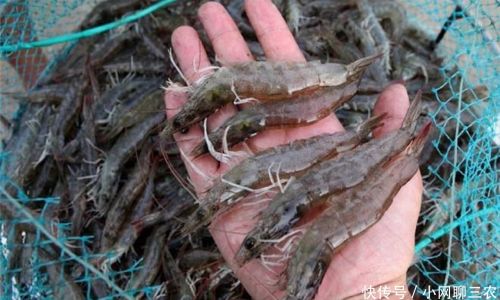
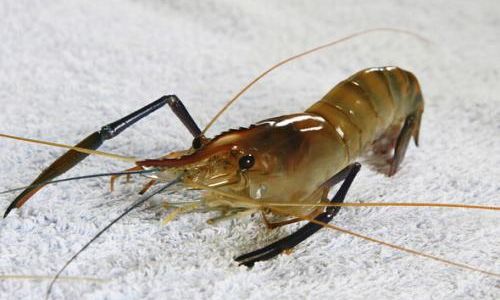
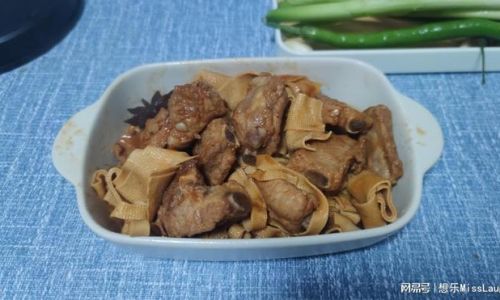
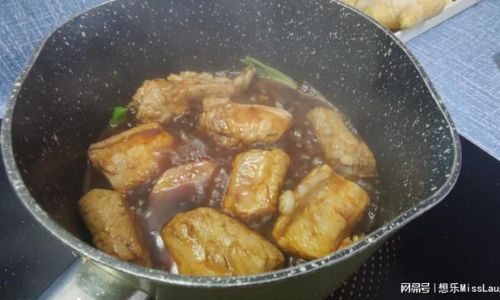

0 comments